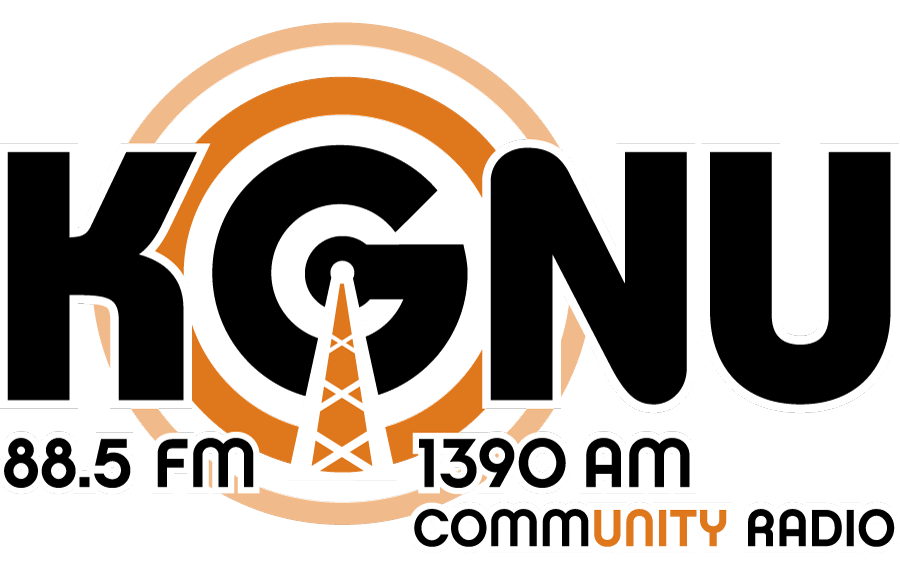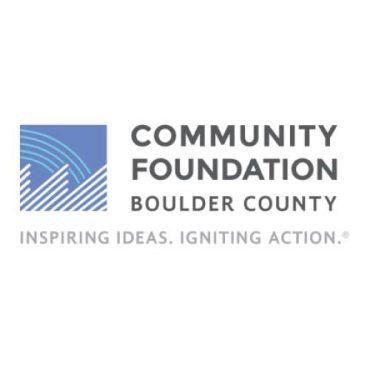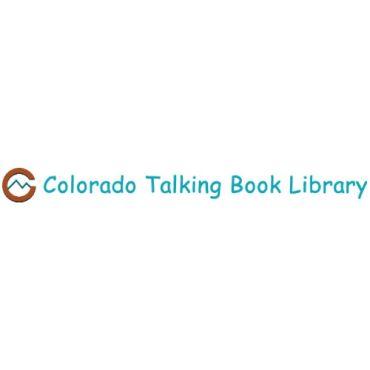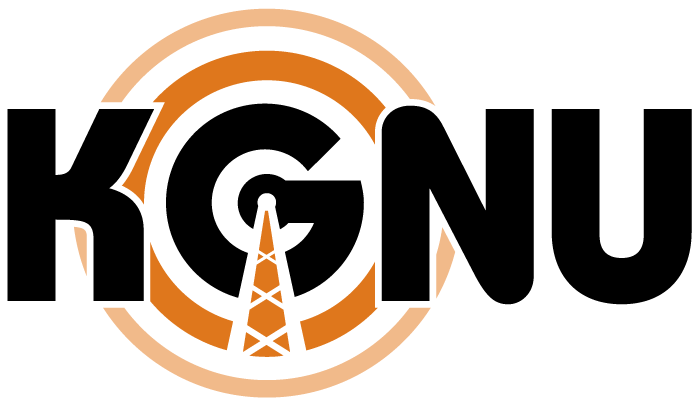Dr. Lauren Juango, professor in Denver/Executive produce of oral history project, and Omunou Abudou, VP of Community of South Sudanese Men and Women, Boulder. Doug Kosper, journalism trainer and development consultant.
Dr. Juango describes his history. He left Sudan to flee violence, studied abroad, returned, and then left again for Ph.D. studies in US.
-
 play_arrow
play_arrow
Hemispheres: South Sudan – How it happened, what it’s like now, and what to expect for the future. kgnu
He taught in Kenya (1990-2008) followed by a return to US as a refugee. Beginning work with oral history program through CSSAW in 2009, he conducted many interviews for CSSAW for several years. “The Dawn Will Break”, a documentary film highlighting the oral histories of women leaving Sudan has been released.
Founded by Sudanese women to tell their story, CSSAW connected Sudanese refugees to each other in the US. CSSAW focuses on the “Lost Girls of Sudan”, helping them to receive an education and adapt to life in the US.
Highlighting the opportunities available to women here, in contrast to Sudan, the inspirational success stories of the “Lost Girls” is described.
Doug Kosper describes the South Sudanese capital, Juba, as a refugee camp-turned-city, beginning as an government army outpost before the rebel SPLA took it over during the war. Doug worked with the UN to train journalists in FM radio in Juba.
He worked to build a station called Peace Radio – a “nation-building radio with an agenda” according to Kosper. Radio is noted as the primary form of media in the highly illiterate region. Most radio station trainees are returning displaced people.
Juba is growing, but access to services are not, and social discord is simmering, threatening to boil over regularly.
Nikki describes recent history of Sudan and its president since 1989, Bashir. Omunou describes Bashir’s coup and subsequent holy war against Christians. 9/11/01 is described as the catalyst for western pressure on Bashir, eventually leading to the peace agreement with and independence for South Sudan.
Bashir’s takeover of border regions due to oil resources is described. Oil Money is described as corrupting and limiting opportunities due to corruption.
The nature of South Sudanese agricultural development is discussed, with an emphasis on the limiting factor of ongoing conflict for decades. Similarly limited are health care resources.
The tribal nature of South Sudanese culture is emphasized, with 64 ethnic groups at least. Conflict is described as responsible for the unusual social demographics of South Sudan today. The newly increased prevalence of weapons is noted as having dramatically changed the nature of historical intertribal conflict.
Intertribal journalism is held to be very important in uniting people in the region, and as a key to the success of peace efforts and the unity of the newly independent nation. Religious differences are blamed for divisions being exploited by the Northern Sudanese government and outside extractive industries.
In closing, it is noted that the issues surrounding South Sudan are actually mirrored by those of many other marginalized peoples inside the old borders of Sudan. The independence of South Sudan is but a part of the greater humanitarian solution, suggests Omunou.
-
 play_arrow
play_arrow
Hemispheres: South Sudan – How it happened, what it’s like now, and what to expect for the future. kgnu
Podcast: Play in new window | Download



















